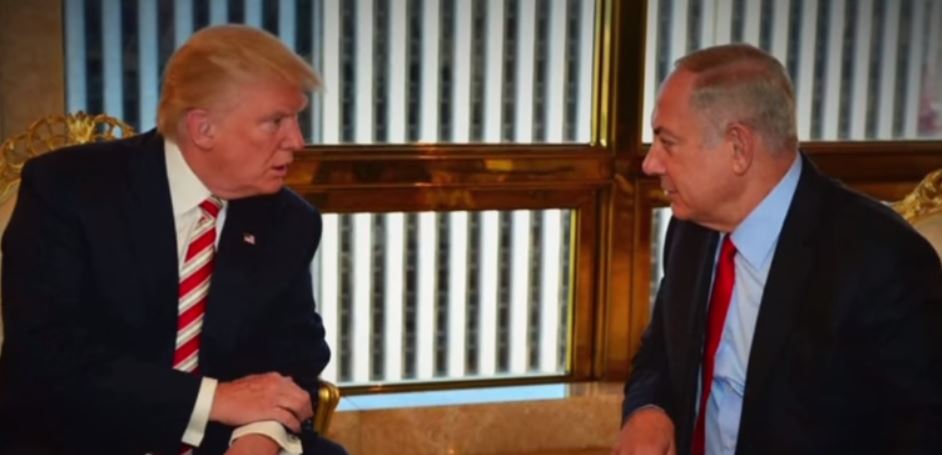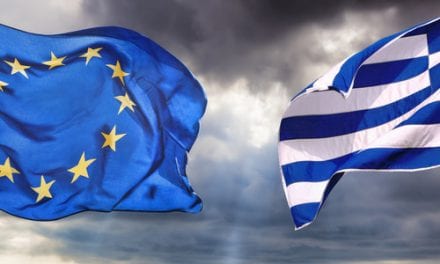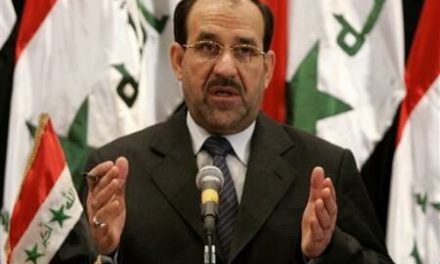By Ben Caspit, Al-Monitor
More than a year after US President Donald Trump’s electoral victory, the fog covering his Middle East peace initiative is far from dissipating.
According to diplomatic sources, White House senior adviser Jared Kushner said not long ago that he is busy “wrapping up” last-minute details of the initiative before its launched. It would be a matter of a few weeks, he said. Meanwhile, several weeks have passed and the initiative is still under wraps.
Al-Monitor has learned that Trump and his staff’s original plan was to launch the initiative in January 2018, one year after Trump assumed the presidency. It was supposed to take place in an impressive ceremony in Washington with the participation of Israel (Prime Minister Benjamin Netanyahu) and the Palestinians (President Mahmoud Abbas), of course, as well as high-level representatives from Saudi Arabia, the United Arab Emirates (UAE), Egypt and Jordan. Middle Eastern countries that do not have official diplomatic relations with Israel were indeed expected to participate along with high-level representatives from the Quartet — the European Union, Russia, the United Nations and the United States — and the international community. The January deadline does not, however, appear to be realistic. The intention is to delay the launch until March 2018.
The approach adopted by Kushner and Jason Greenblatt, Trump’s Middle East emissaries, is a direct continuation of Egyptian President Abdel Fattah al-Sisi’s initiative: Sisi had planned on launching a large regional peace initiative should former Zionist Camp leader Isaac Herzog join Netanyahu’s government. Instead, however, Avigdor Liberman, not Herzog, ended up joining the government in May 2016, as defense minister.
Netanyahu had placed a call to Sisi, saying that he stood behind his commitments, even though Herzog did not join the coalition. For a change, Netanyahu followed through on what he promised. In a press conference when Liberman joined the government, the prime minister reaffirmed his commitment to the two-state solution. The two of them then mumbled something in favor of the 2002 Arab Peace Initiative, with reservations, of course.
These two conditions were the first that Israel had committed to prior to renewing negotiations in the context of the Sisi initiative. Another stipulation that Netanyahu failed to carry out was to make real changes on the ground to improve the situation for the Palestinians. In the meantime, Trump was elected and the cards were reshuffled.
To jump-start negotiations, all the parties were required, as per the American mediator, to make goodwill gestures. Israel promised to conduct a “quiet” partial freeze of construction in the West Bank and to implement measures to benefit the Palestinians. Saudi Arabia and the UAE promised to take part in the kickoff ceremony, to have direct contact with Israel and provide it with several “benefits,” such as permission for civilian air travel through Saudi Arabian and other Persian Gulf states’ air space.
The only thing impeding the deal were the “real changes on the ground” that Israel had promised, but not implemented. These were supposed to include a shift of certain sections of the West Bank from Area C (under sole Israeli security and civilian authority) to Area B (under Israeli security control and Palestinian civil authority) to allow the Palestinians to build on and develop the land.
Israel was supposed to carry out this step in direct coordination with Greenblatt in one of three ways: implementation of the “Qalqilya plan,” submitted by Liberman for Cabinet approval, which would have greatly enlarged the municipal boundaries of the city to allow Palestinians to develop and expand; “whitewashing” the 20,000 housing units that Palestinians have built illegally in Area C; or changing the status of certain Area C tracts in the northern West Bank to Area B. This was the region where Israel evacuated four settlements as part of the 2005 disengagement. Greenblatt himself was supposed to have toured the region in May 2017 with Maj. Gen. Yoav Mordechai, the head of the Coordinator of Government Activities in the Territories, but the tour was postponed after word of it leaked to the Israeli media.
As of now, Netanyahu has not succeeded in implementing even one of the above options. The Israeli Cabinet, the most right wing in the history of the State of Israel, refused to approve the Qalqilya plan. The more right-wing flank of the coalition also refuses to approve illegal Palestinian construction in Area C. Regarding the transfer of territory in the northern West Bank, Netanyahu recently halted passage of a bill that sought to allow Israelis back into the settlements evacuated, which would have effectively undone that part of the disengagement. The distance from blocking the bill to transferring territories to the Palestinians is, however, a far cry.
On Nov. 6, Abbas was summoned to make an urgent, surprising visit to Riyadh. According to Palestinian sources, once there, Abbas received a message delivered to Riyadh by Kushner several days earlier: The American initiative was supposed to begin soon, and the United States expected the Palestinian leader to respond positively to it, even if there were certain elements of the deal that he did not like. In this way, Kushner and Greenblatt are trying to learn from the lessons of their predecessors, who met with an almost automatic Palestinian rejection of anything they proposed. The American message was tough, with threatening overtones. The Palestinians must not reject the initiative out of hand, it was said. Every comment and reservation they had would be handled during the course of the negotiations.
The diplomatic sources involved in the process believe the American initiative will not see the light of day unless Netanyahu agrees to it. Another important factor is that Trump has not even approved it yet. It will be brought to him for approval only when it is finished. Trump, being Trump, is also capable of changing his mind at the last minute and abandoning the entire “adventure” completely.
Netanyahu’s situation in terms of the initiative is quite sensitive. Netanyahu can make use of it to halt the wave of criminal investigations building much too rapidly against him. He may conclude that a major diplomatic process, including a regional solution, could get Attorney General Avichai Mandelblit and the police off his neck. That is a desperate hope, but Netanyahu does not have any other rabbits to pull out of his hat at the moment.
What will the initiative include? According to various sources, it will consist of regional negotiations along three channels: Israeli-Palestinian with American mediation, Israeli-regional and international (rehabilitation of the refugee camps and mobilization of the world for a regional agreement). It is possible that the initiative will redefine the concept of “sovereignty” in a way that allows the Israelis and Palestinians to share territory creatively. The initiative may even resuscitate the Palestinian-Jordanian confederation idea. Perhaps even a Palestinian-Jordanian-Israeli configuration is possible.
All that said, one element remains: Nothing happens until Trump makes it happen, and perhaps not even then.



















